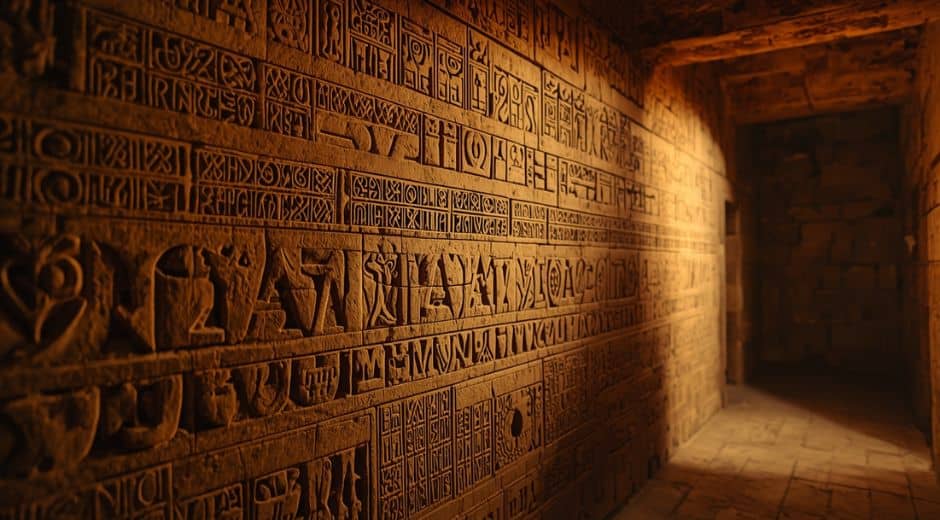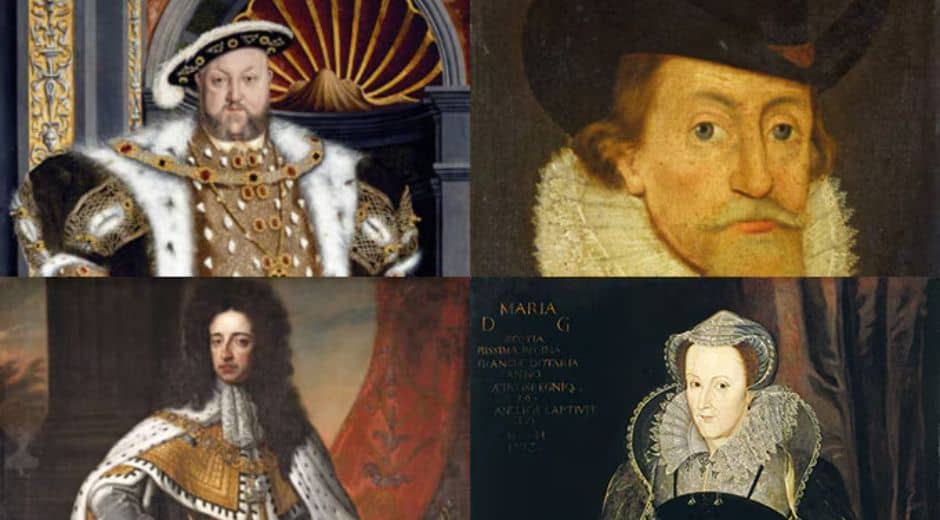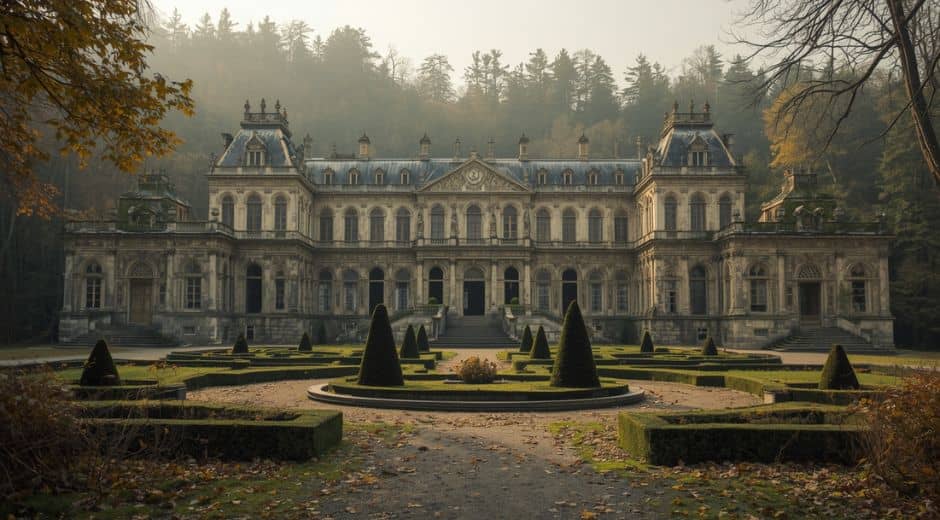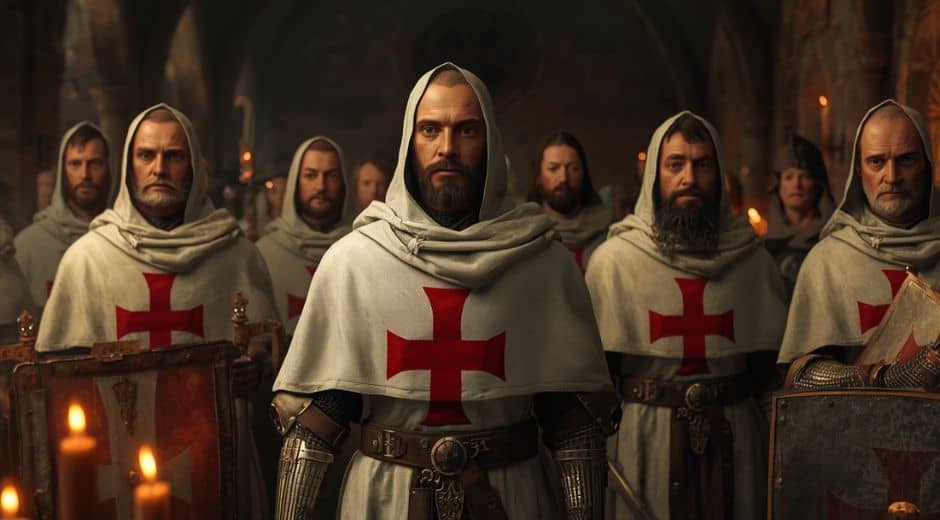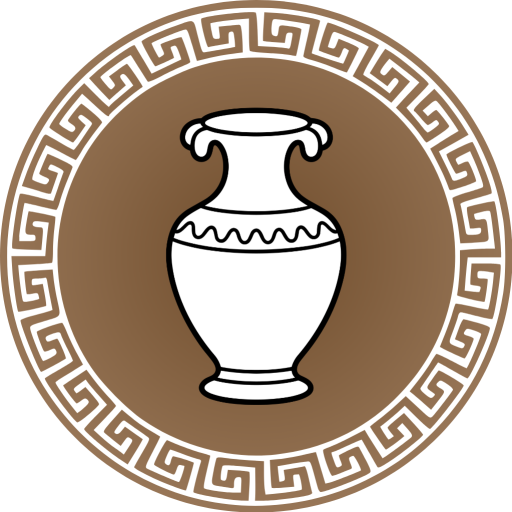The Secret Symbols Behind Ancient Power
The Secret Symbols Behind Ancient Power
In the world’s earliest civilizations, language was not always spoken — it was seen. Symbols, carved into stone or painted on sacred walls, were far more than decoration. They were vessels of meaning, carriers of divine authority, and reflections of cosmic order.
Across Egypt, Mesopotamia, and Greece, rulers and priests guarded the Secret language of symbols, understanding that power often thrived in mystery. Knowledge was sacred, and those who possessed it ruled both hearts and empires.
Even today, as explored in History UK, we continue to uncover how these visual codes influenced politics, religion, and art across centuries.
The Divine Geometry
One of the greatest Secrets of ancient times lies in geometry — the patterns believed to mirror the perfection of the gods. The Egyptians used precise mathematical ratios in their temples and pyramids, connecting architecture to cosmic harmony. Every line and angle carried intention, shaping the bridge between heaven and earth.
The Greeks later expanded on this sacred science, embedding proportion and symmetry into their temples and sculptures. The golden ratio, the circle, and the spiral became eternal representations of balance — proof that order itself was divine.
To them, geometry wasn’t just mathematics; it was theology in motion. Understanding these Secret patterns meant unlocking the blueprint of existence itself.
Power Through Symbolism
Throughout history, symbols have not only shaped faith but defined identity. The serpent, the sun, and the eye have appeared in countless forms — each carrying its own layered Secret meaning.
The Eye of Horus represented protection, the serpent symbolized rebirth, and the sun stood as a source of divine power. To the uninitiated, they were mere designs. To the enlightened, they were coded affirmations of life, death, and eternity.
Rulers displayed these symbols to legitimize their reign. A pharaoh’s crown was not only a mark of leadership; it was a spiritual emblem, a direct claim to divine order. Power was sustained not through force alone, but through belief — belief shaped by signs, rituals, and sacred art.
The Hidden Codes of the Natural World
Nature, too, was filled with Secret symbols. From the spiral of a shell to the symmetry of a flower, the ancients saw divine messages hidden in plain sight. Every living thing reflected an unseen structure — an echo of the cosmic design.
Cultures across the world read these signs with reverence. The Celts carved knots representing eternity, while Indigenous peoples painted animal totems as spiritual guides. The lotus flower in Eastern traditions symbolized purity and rebirth, blooming unstained from the mud — a reminder that enlightenment rises from struggle.
Even modern interpretations, as discussed by BioNatureVista, recognize that ancient nature-based symbolism reflected a deep, intuitive understanding of harmony and renewal.
Cultural Renaissance
Catherine’s reign was also marked by a flourishing of the arts, literature, and education. She corresponded with European philosophers such as Voltaire and Diderot, bringing Enlightenment ideas into the Russian context. By sponsoring the construction of theaters, academies, and libraries, she cultivated a cultural renaissance that mirrored her political ambitions.
Her vision transformed St. Petersburg into a center of sophistication, where Western and Russian traditions merged. This cultural investment not only legitimized her reign but also positioned Russia as a significant player in European intellectual life. For insights into these cultural advancements, History.co.uk provides a detailed look at her enduring contributions.
The Priesthood of Secrets
Knowledge in the ancient world was not for everyone. The Secret symbols were often guarded by priesthoods — custodians of wisdom who acted as mediators between the divine and the mortal. Their power rested not only on what they knew but on what they chose to conceal.
These initiates studied astronomy, medicine, and ritual through symbolic frameworks. The stars were divine scripts; herbs carried the energy of planets; numbers held mystical resonance. To the priesthood, symbols were the alphabet of creation — and only through discipline could one learn to read it.
From the mystery schools of Egypt to the oracle temples of Greece, seekers risked everything to uncover forbidden knowledge. To understand a symbol was to gain control — not over others, but over the unseen currents of destiny.
The Politics of the Invisible
As empires rose, symbols became tools of influence. Monarchs, generals, and conquerors used them to project divine right and control narrative. A banner marked with celestial imagery could unite armies under the illusion of sacred purpose.
The Secret power of symbols was psychological — they stirred emotion, loyalty, and awe. The Romans mastered this art, embedding meaning into coins, standards, and architecture. Their eagle, for example, was more than a national emblem; it was a manifestation of Jupiter’s will, a Secret assurance of victory and protection.
Control the symbol, and you control the story.
Echoes Across Civilizations
From the Aztecs to the Byzantines, symbolic power transcended geography. Each culture crafted its own visual language, yet certain patterns persisted across time. Circles, triangles, and eyes appeared again and again — as if humanity instinctively recognized their Secret resonance.
This shared imagery reminds us that civilizations, no matter how distant, were connected by a common search: to understand their place in the cosmos. The desire to encode that truth in symbol and stone is as ancient as it is human.
Decoding the Past
Modern historians and archaeologists continue to peel back the layers of meaning within these ancient marks. What once seemed decorative often reveals deep philosophical or astronomical precision. A carving, a statue, or even a temple alignment might conceal a Secret message — a conversation between humankind and eternity.
At Chronostual, we explore these symbols not just as relics of the past, but as reflections of our timeless curiosity. Each discovery brings us closer to understanding how humanity has always sought to communicate with the infinite.
Every Secret symbol we decipher today is a step closer to the heartbeat of history itself.
The Eternal Allure of Mystery
Even in the digital age, we are drawn to what we can’t quite explain. The Secret remains captivating — not because it hides something, but because it invites us to seek. The allure of ancient symbols reminds us that wonder is not lost; it simply evolves.
Whether etched into stone or coded into algorithms, humanity still uses symbols to give shape to belief, identity, and meaning. They are the bridges between what is seen and what is felt — the universal language of the soul.
The ancients may be gone, but their Secret wisdom endures — whispering through the ages, waiting for us to listen.
History Insight Legacy

The French Revolution: When the People Rose
The French Revolution ignited a new era of freedom, equality, and human rights, transforming society and inspiring movements that shaped the modern world.

Leonardo da Vinci: Genius Beyond Time
Leonardo da Vinci, the ultimate Renaissance mind, merged art, science, and imagination to redefine creativity and human potential across centuries.

The Black Death: Hidden Impact Behind the Plague
The Black Death reshaped medieval Europe in ways beyond devastation, triggering hidden social, cultural, and economic transformations that redefined civilization.
